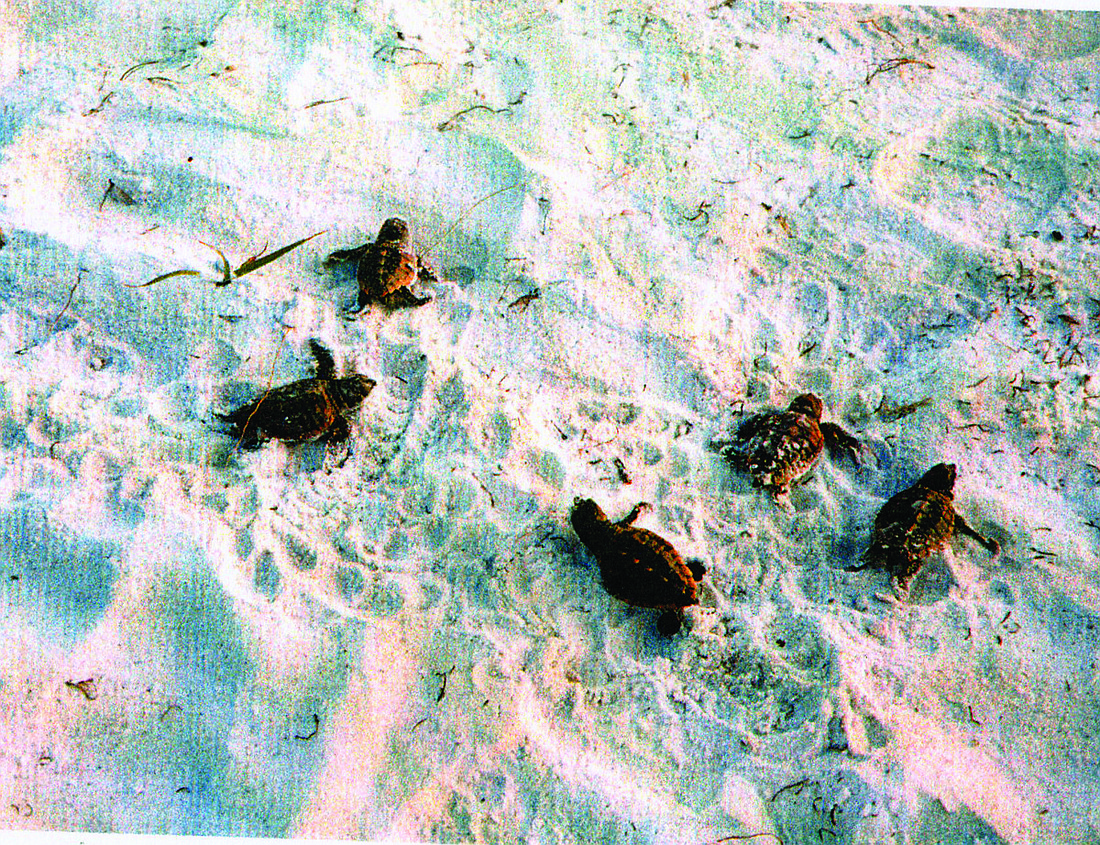- November 28, 2024
-
-
Loading

Loading

With nesting season approaching, turtle watchers have no time for the snooze button.
Beginning May 1, members and volunteers of Longboat Key Turtle Watch as well as Mote Marine Laboratory’s Sea Turtle Patrol will be out before dawn each morning, walking the sandy shores in search of nests.
While Mote’s patrol covers approximately 35 miles of beaches from the south of Longboat Key to Venice, Longboat Key Turtle Watch is responsible for the Manatee County side, under a state research permit held by Mote.
“It’s a very good, very cool relationship for all involved,” said Haley Rutger, public relations manager at Mote Marine Laboratory.
Although beach-patrol volunteers have already been assigned, there are more ways to help. Longboat Key Turtle Watch always has opportunities for outreach, because the organization participates in many local events with the aim of educating the public and encouraging the community to join the effort.
During the season, which runs through October, there are a few rules to remember: Residents must shield or turn off lights that are visible on the beach, because these can disorient turtles as they make their way back to the water.
“That bright horizon is what the female turtle’s brain knows to go to,” said Cyndi Seamon, a longtime Longboat Key Turtle Watch volunteer. “Imagine a 200-pound sea creature having just spent an hour or so crawling up the beach, digging a nest, laying eggs, covering the nest and now it is time to go home. If the brightest horizon is not the water, it is a possibility that she will get disorientated and go toward that other light.”
Sometimes, these disorientations can cause the turtles to crawl around for hours, searching for water.
Confusion can be even more detrimental for the hatchlings. Although some will eventually find their way to the water despite distractions, others aren’t so lucky.
By volunteering on and off the beach, residents can be a part of the effort to protect the lives of these turtles.
“I enjoy being a citizen scientist and love being out on the beach,” Seamon said. “There are rewards for getting up early.”
Visit lbkturtlewatch.com or email [email protected] to get involved.